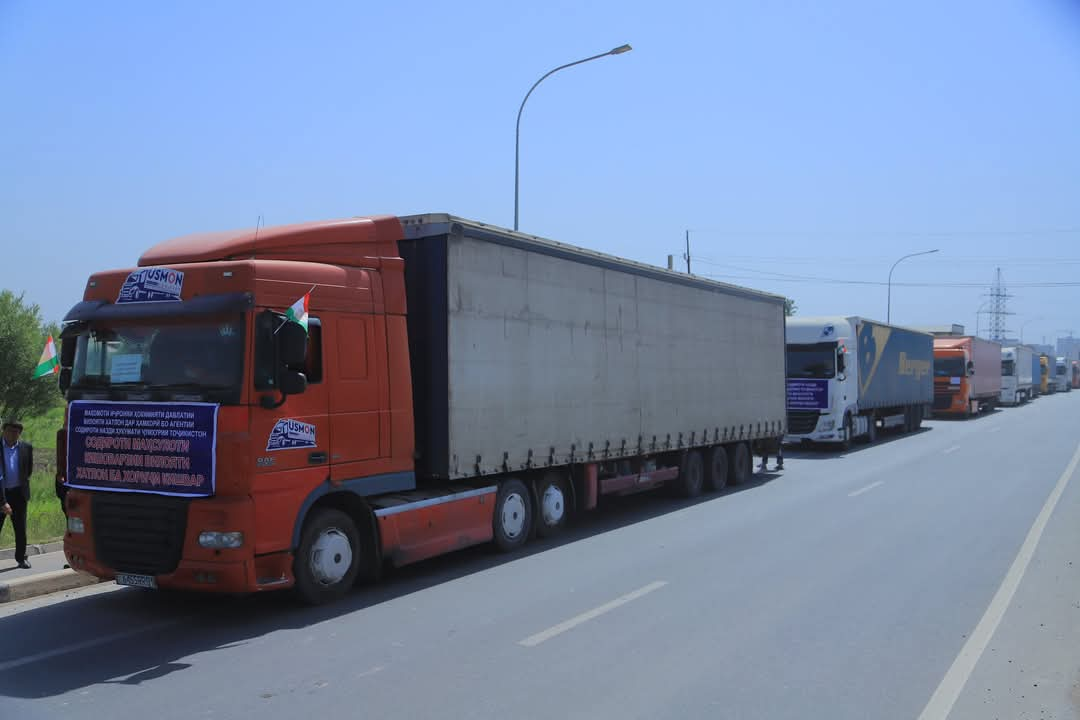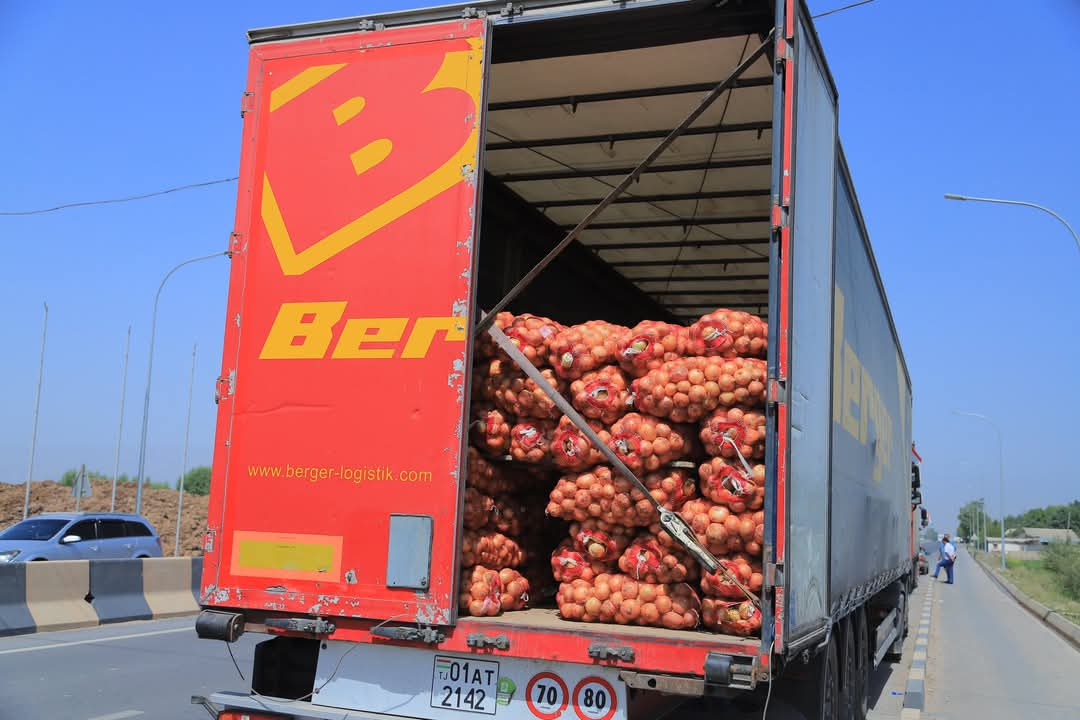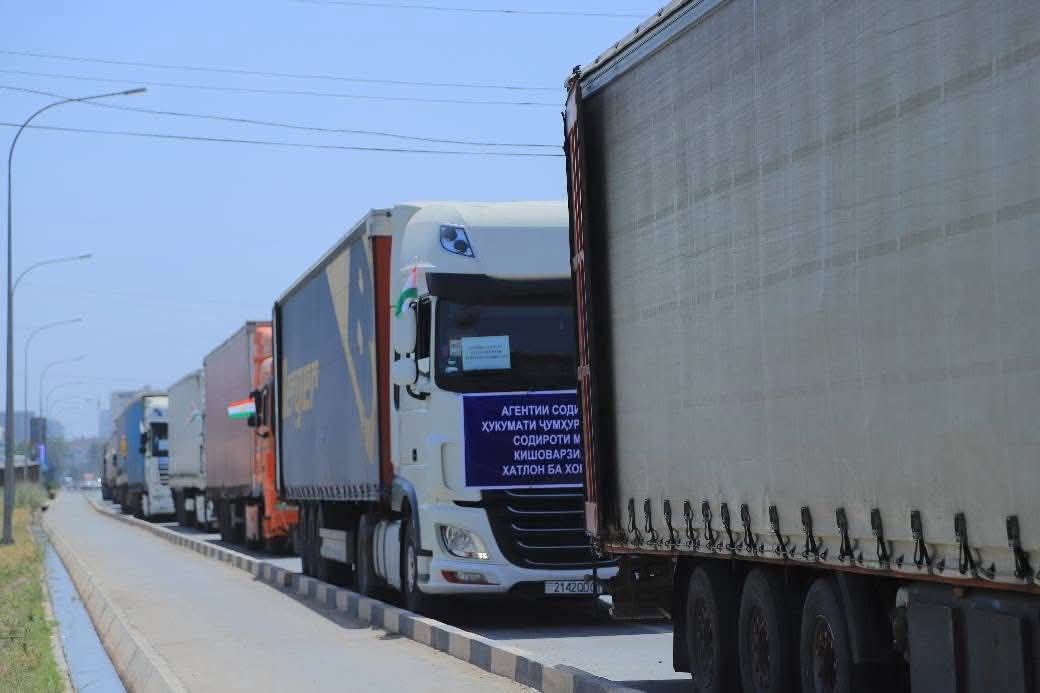More than 250 tons of fresh agricultural products were exported today from the Khatlon region of Tajikistan to Russia, Kazakhstan and Kyrgyzstan. According to the press service of the chairman of the region, the shipment was carried out as part of the implementation of the instructions of the regional leadership to increase export volumes and effectively use agricultural land.
"Today, May 15, 15 trucks loaded with fresh agricultural produce, including early onions, cabbage, beets and apricots, were sent from the region. All products were grown in compliance with environmental standards and international quality standards," the press service clarified.
According to the Main Department of Agriculture of Khatlon Region, early onions occupy 9,400 hectares of sown areas in the region this year. The yield is expected to exceed 400 centners per hectare. The harvesting of products began a month ago and continues in active mode. Currently, 15 to 20 trucks of agricultural products are exported daily.



The press service noted that on the domestic market of the region the price of onions has stabilized at a level of 2.20 to 3 somoni per kilogram, which is economically justified for both producers and consumers.
The region's authorities are considering expanding the geography of exports to South and East Asia. It is noted that agricultural exports are key to increasing farmers' incomes, creating new jobs and strengthening the country's foreign exchange earnings.
"This process allows us to strengthen the position of Tajik products in international markets, increase brand awareness of Makhsuloti Khatlon and contribute to the stability of the national economy," the regional administration emphasized.



Let us recall that a few days ago a similar caravan of 12 trucks exported more than 200 tons of agricultural products to the above-mentioned countries. The current shipment is the second phase of the Khatlon region's export campaign.
Khatlon region remains the leading production and export center of the republic due to its favorable climate, rich natural resources, and active government support for the agricultural sector.


































